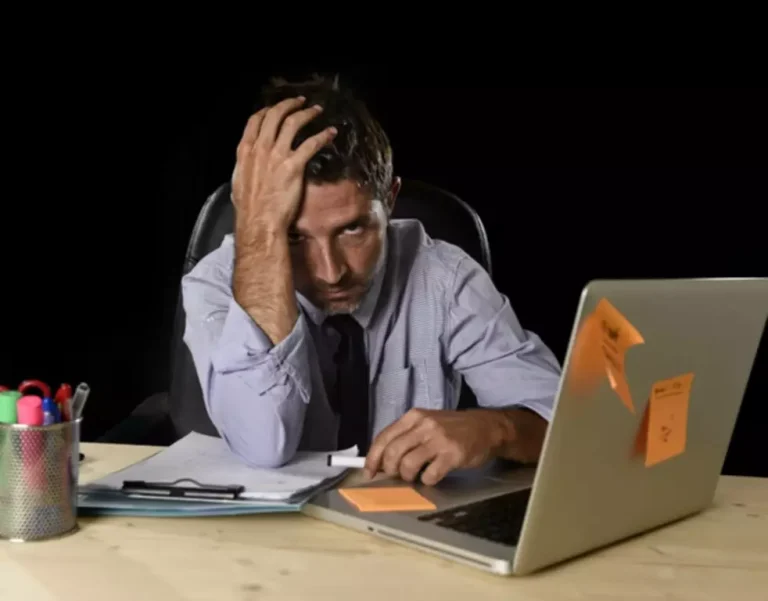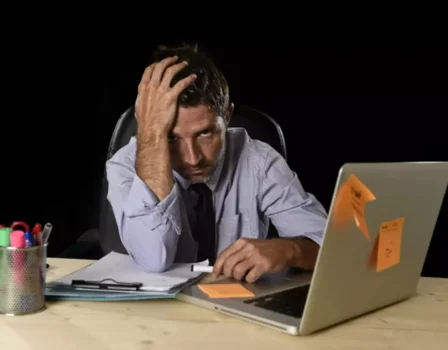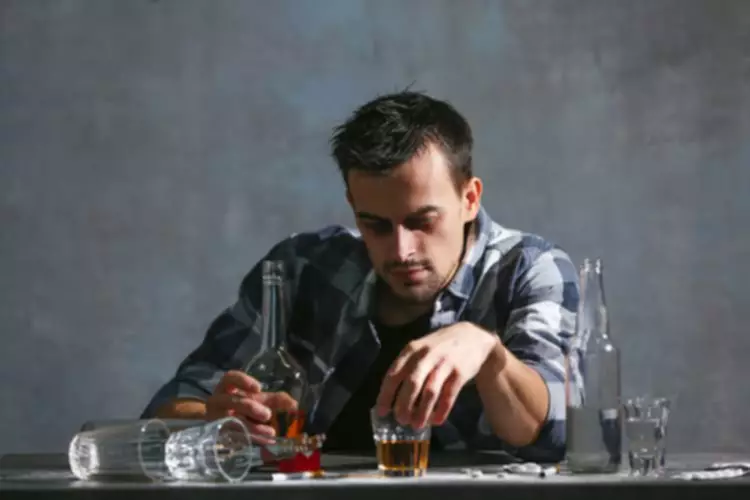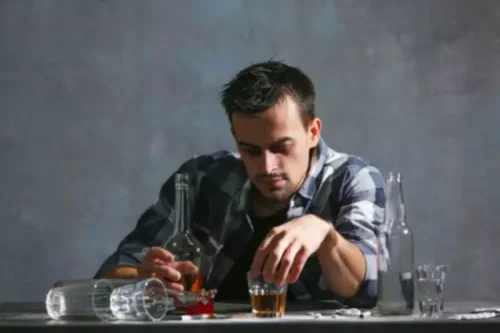
It can be taken orally (Revia) or as a monthly injection (Vivitrol). Prescription drug abuse in older adults is a growing problem, especially when they combine drugs with alcohol. Having multiple health problems and taking multiple drugs can put people at risk of misusing drugs or becoming addicted. Although sundowning syndrome – a state of confusion or agitation that occurs late in the afternoon and stretches into evening – is typically linked to Alzheimer’s, it can occur with any type of dementia.
How many people die from overdoses involving prescription opioids?

The prescription drugs most often misused include opioid painkillers, anti-anxiety medicines, sedatives and stimulants. Substance abuse can take many forms, each with unique effects and risks. From alcohol and prescription drugs to hallucinogens and inhalants, the misuse what is alcoholism of these substances poses serious health and social consequences. Understanding the different types of substance abuse helps individuals recognize the dangers, seek help when needed, and work towards prevention. Prescription drug abuse has reached an epidemic level in the United States.
Related Health Topics

We provide personalised recommendations based on your activity on our platform. You must therefore adjust this setting on each device as necessary to reflect your preference. If you experience these effects, don’t stop taking your medication. Talk to your doctor about switching to a different beta-blocker with a slightly different chemical composition, Lloyd-Jones suggests.
Why Is Prescription Drug Abuse on the Rise?
And medications like anticholinergics, tricyclic antidepressants, antihistamines and anti-Parkinson’s drugs can trigger or worsen its symptoms. Other substances – alcohol and nicotine, for example – can also cause sundowning, says Merrey. Know that the number of drugs you’re taking could be affecting your memory as well. Taking multiple medications — a practice known as polypharmacy — has been linked to lower memory function in older adults, as well as an increased risk for delirium.
Denial and anger are common reactions, and you may be concerned about creating conflict or damaging your relationship with that person. Experts believe prescription drug abuse that “medication-assisted treatment” with methadone, naltrexone, or suboxone and cognitive behavioral therapy is the best treatment for most patients who have an opioid addiction. Other drug treatments for opiate withdrawal include methadone and the blood pressure medicine clonidine. Naltrexone blocks the effects of opiates and can prevent a relapse.
Risk factors
- Long-term abuse of illicit drugs often results in life-threatening health issues, social isolation, and legal problems.
- Talk to the person about your concerns so they know that you’re aware of the problem.
- Regarding HIV and sexually transmitted infection (STI) prevention, high-risk substance use is any use by adolescents of substances with a high risk of adverse outcomes.
- Due to the toxic chemicals in these products, even a single use can be dangerous.
Be sure to consult your health care professional before stopping or reducing the dosage of any benzodiazepine. Sudden withdrawal can trigger serious side effects, so a health professional should always monitor the process. Cannabis, commonly known as marijuana, is a psychoactive substance that has been legalized in some regions for medical or recreational use. However, cannabis abuse, particularly in heavy and frequent use, can lead to dependency and health issues.
Check your medicine cabinet if you’re experiencing forgetfulness, brain fog or confusion
Alcohol abuse, or alcohol use disorder (AUD), is the most common form of substance abuse worldwide. It involves the excessive consumption of alcohol, often to the point of dependency. People with AUD may drink in large quantities, binge drink, or have difficulty controlling their drinking habits.

Prescription drug abuse may become ongoing and compulsive, despite the negative consequences. The health care system is moving toward acknowledging substance use disorders as chronic illnesses, yet only about 10% of people with an SUD in the last year received treatment. Overdose deaths from both opioids and psychostimulants, such as amphetamines, are soaring.

The abuse of prescription medicine is the fastest growing drug problem in the United States, particularly among teens. Illicit drug abuse involves the use of illegal substances such as cocaine, heroin, methamphetamine, and ecstasy. These drugs are often used recreationally but are highly addictive and illegal due to their high potential for abuse and severe health risks. An intervention is a carefully planned process involving family and friends and others who care about a person struggling with addiction. Consulting an intervention professional, an addiction specialist, a psychologist or a mental health counselor can help you plan an effective intervention.
Counseling is the most common treatment for addiction to CNS depressants or stimulants. You might also need to detoxify (“detox”) your body under a doctor’s care. Since the early 1990s, doctors have been prescribing many more opioid painkillers such as codeine, hydrocodone, morphine (Astramorph, Avinza, Kadian, MS Contin, Oramorph SR), and oxycodone (OxyContin, Percocet, Vicodin). This is partly because of the rising age of the U.S. population and because more people are living with long-term pain. Rachel Nania is an award-winning health editor and writer at AARP.org, who covers a range of topics including diseases and treatments.
Najnowsze komentarze